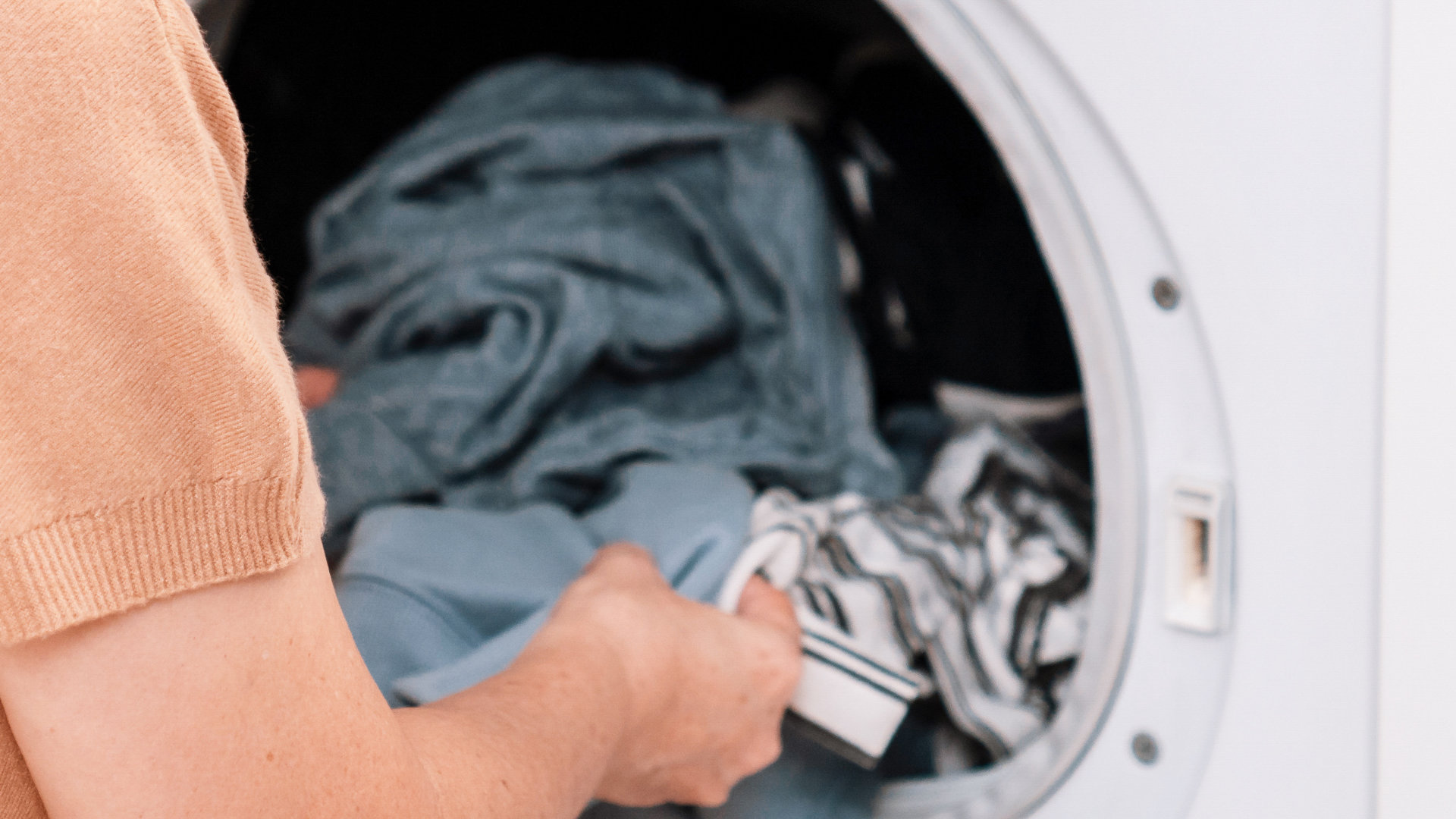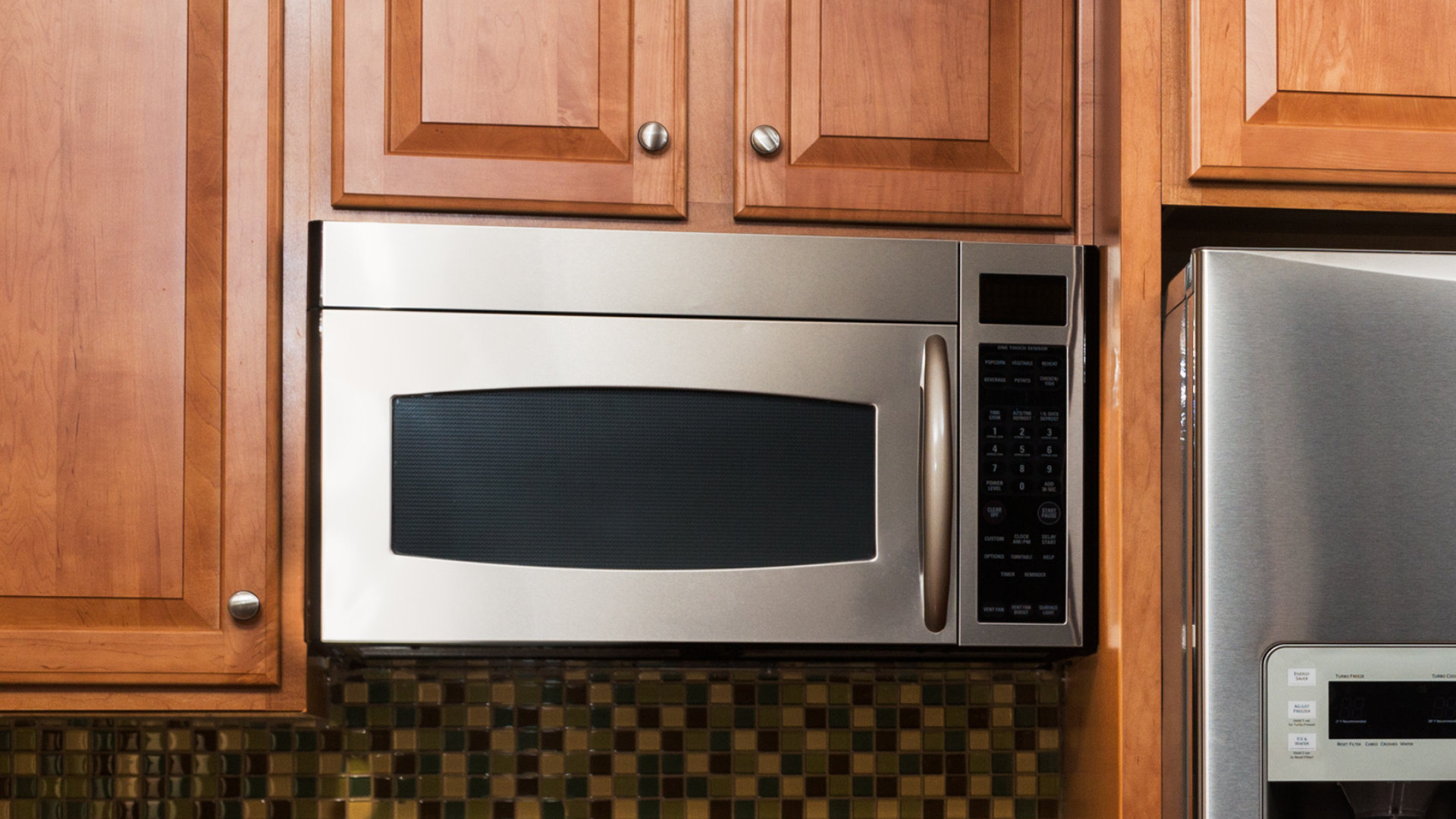
Have you ever been heating some leftovers, only to hear crackling noises and see sparks in your microwave? It can certainly give you a fright! Thankfully, most causes of a sparking microwave are pretty easy to avoid or fix. We break down the most common causes and what you can do about them.
1. Metal in the Microwave
It’s pretty common knowledge, but metal does not belong in the microwave! Microwaves work by creating electromagnetic waves that get absorbed by food and other materials in the microwave, causing the food to heat up.
If there’s metal in the microwave, the microwaves cause the electrons on the surface of the metal to move, leading to a buildup of electrical charge. This can then discharge as sparks.
Most people know not to put metal in the microwave, but what about hidden metal? There are some metal sources that you might not even think about.
Metal Trim on Ceramics
This is the most common cause of hidden metal in the microwave! It’s pretty common for bowls, plates, or cups to have decorative gilt or metallic trim or even metallic paint. Even though it’s a tiny amount, it can still cause sparks in the microwave. Ensure you check that all bowls, plates, and containers you’re putting in the microwave are labeled microwave-safe.
Foil Lining
If you notice sparks when microwaving food that’s still in its package, it might be due to a hidden foil lining. Some products are designed to be heated in the oven, not the microwave, and use foil hidden inside the cardboard. Always check the packaging instructions to ensure it is considered microwave safe – if not, and you still want to microwave it, add it to a microwave-safe bowl or container.
Recycled Paper Products
A little-known fact is that some recycled paper products can have metal fragments! This is due to tiny amounts of foil being included in the paper pulp during the recycling process. It’s not usually enough to cause issues, but if your microwave is sparking and you’re certain there’s nothing but paper and food in there, the paper is likely the culprit.
Wire Mesh in Glass
This is very uncommon but can sometimes crop up in vintage cookware. If you’re using glass in your microwave and it seems to be sparking, check whether or not it has a wire mesh frame inside the glass. If it does, it is most definitely not microwave safe!
2. Build up of Food and Grease
Is your microwave particularly dirty? Perhaps it’s been a while since you cleaned it, or you’re using a microwave in a shared office or dorm situation, which tends to get dirty quickly. If there is a lot of food debris inside your microwave, it can lead to sparking!
This happens when food particles are left in the microwave through many cooking cycles and become carbonized. The particles can turn into a form of carbon due to heat exposure, which can create conductive hot spots in the microwave, leading to sparking or arcing.
This is pretty easy to prevent – keep your microwave clean by regularly wiping it down and ensuring you never heat or cook anything without a lid.
3. Microwaving Something Small
We all know not to run a microwave with nothing in it. This is not only pointless, but it can also lead to sparking and arcing in your microwave, as the microwaves have nowhere to go and end up being absorbed by the microwave’s components, which can cause damage and sparking.
The same issue can occur if you’re trying to heat something very small. If there’s not enough matter to absorb the microwave’s energy effectively, the excess energy will go back into the microwave’s components.
Microwaving something very small, like a grape, can even lead to a fireball, as the gases inside the grape ionize, leading to a visible spark.
4. Crack in the Interior
Microwaves have a strong interior designed to contain microwave radiation safely. Still, if there is a crack or chip in this interior, the internal microwave components can be exposed to radiation.
This could be the case if you notice sparking every time you use your microwave, regardless of the vessel you’re using to heat your food.
This is a pretty easy problem to identify – look at the inside of your microwave carefully when it isn’t running. Any cracks should be obvious. If you’re unsure, run the microwave and observe from a safe distance to see where the sparks originate. This should help you identify where the crack is.
If you find a crack, your microwave must be replaced. This is a major malfunction, and microwaves are cheap enough that it is unlikely to be cost-effective to repair.
5. Broken Microwave Components
If one of the internal parts of the microwave is broken, it can lead to sparking.
Faulty Diode
The diode is a valve that sends power from the transformer to the magnetron. If it’s faulty, it can cause overheating, which can cause sparking.
Faulty Magetron
The magnetron generates microwaves. When operating properly, it evenly distributes microwaves throughout the interior. If it’s faulty, there can be uneven distribution, which can lead to hot spots, overheating, and sparking.
Faulty Waveguide cover
The waveguide cover shields the opening that allows microwaves into the microwave cavity. It stops food particles and steam from damaging the components of the microwave. If it’s faulty, it can lead to sparking and burning.
If you think there is a problem with any of these components, you can try replacing the part by ordering a spare part online and installing it. In many cases, it’s more cost-effective to simply replace the microwave, particularly if it’s an older model.

Your Guide to Whirlpool Microwave Replacement Parts
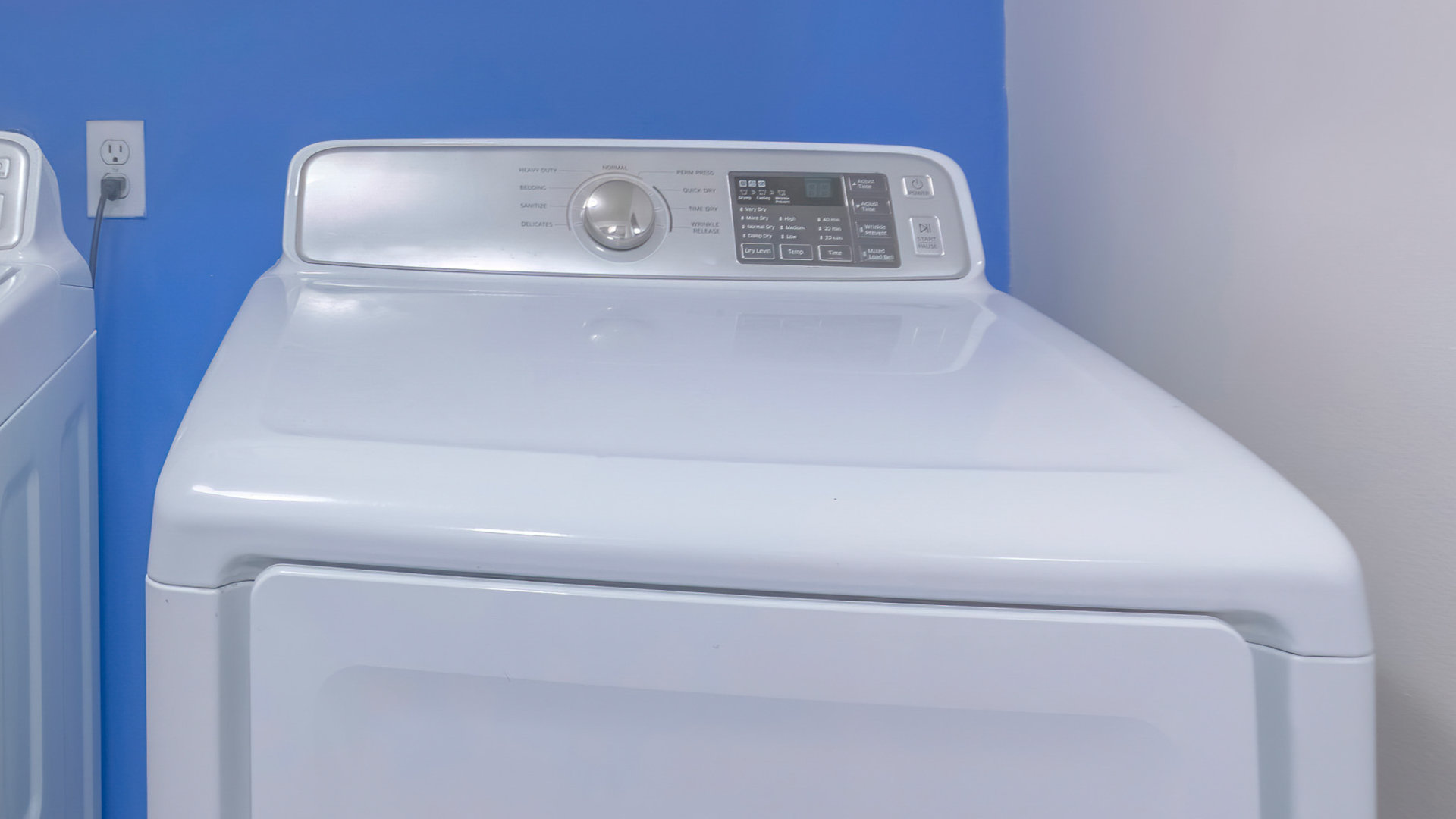
What to Do When Your Kenmore Dryer Won’t Start
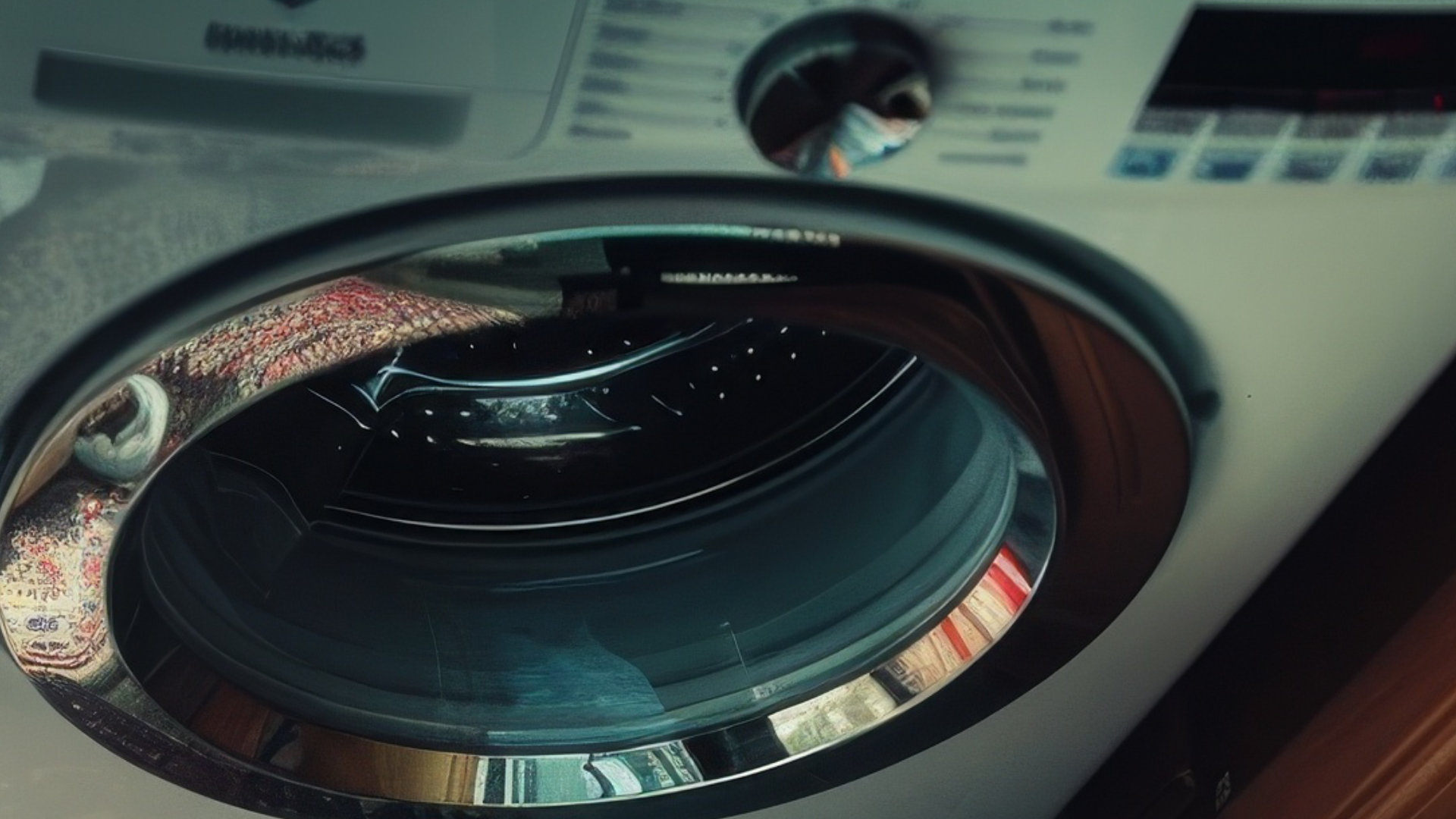
How to Resolve the LG Washer LE Error Code
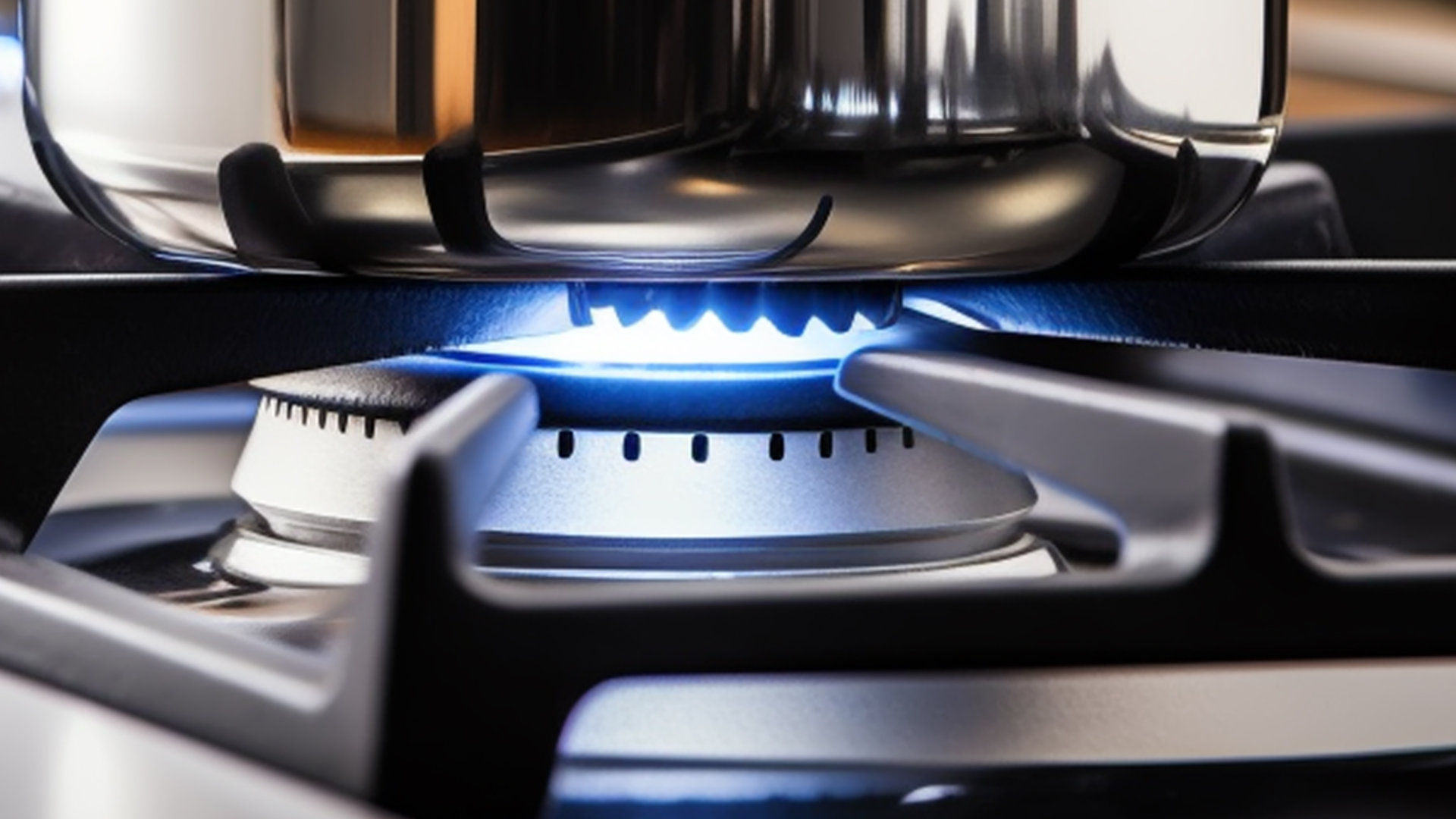
Why Does My Oven Smell Like Gas? Causes and What to Do
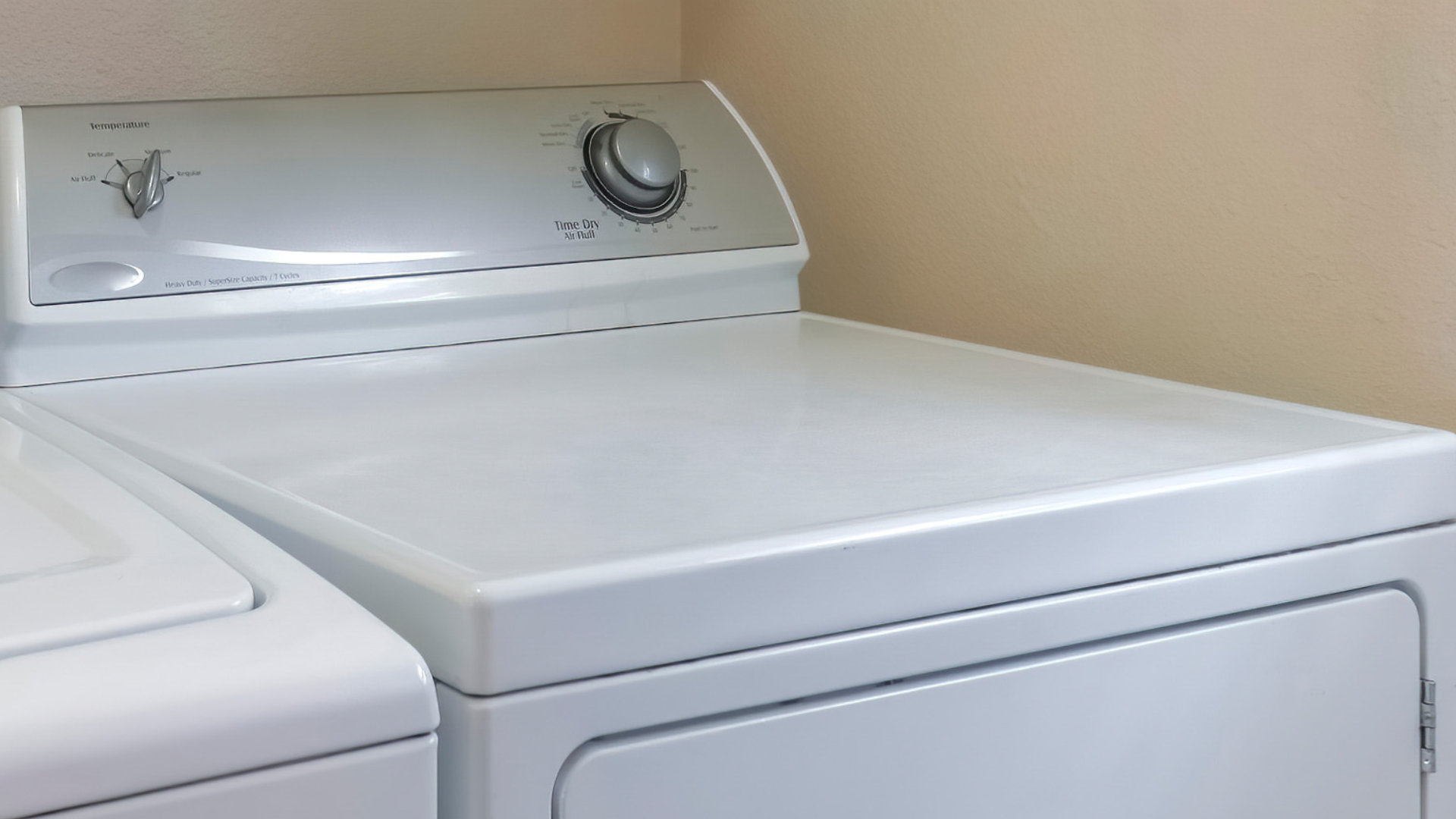
Maytag Dryer Not Heating? Here’s How to Fix It
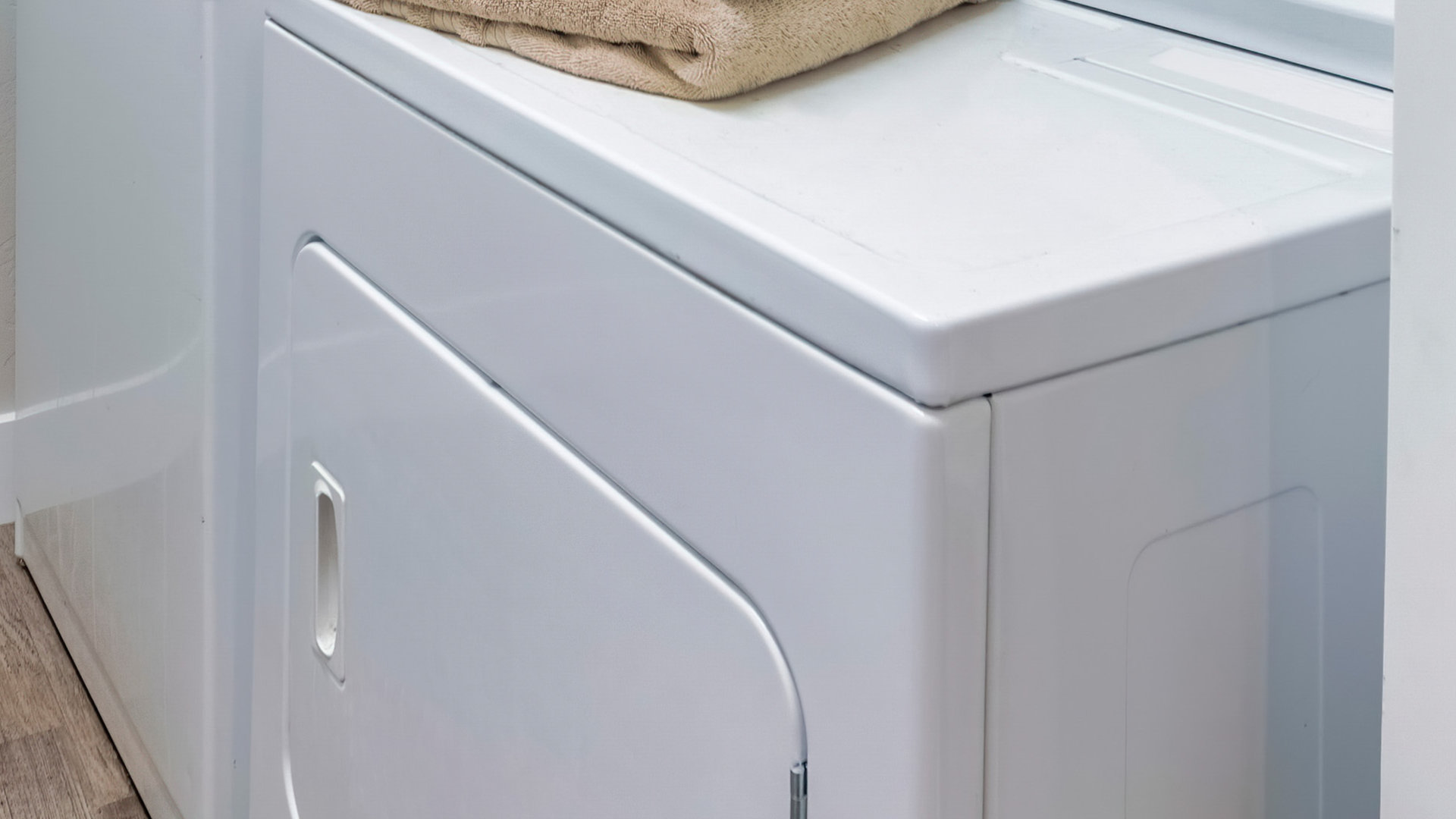
6 Common Reasons Your Speed Queen Dryer Isn’t Heating
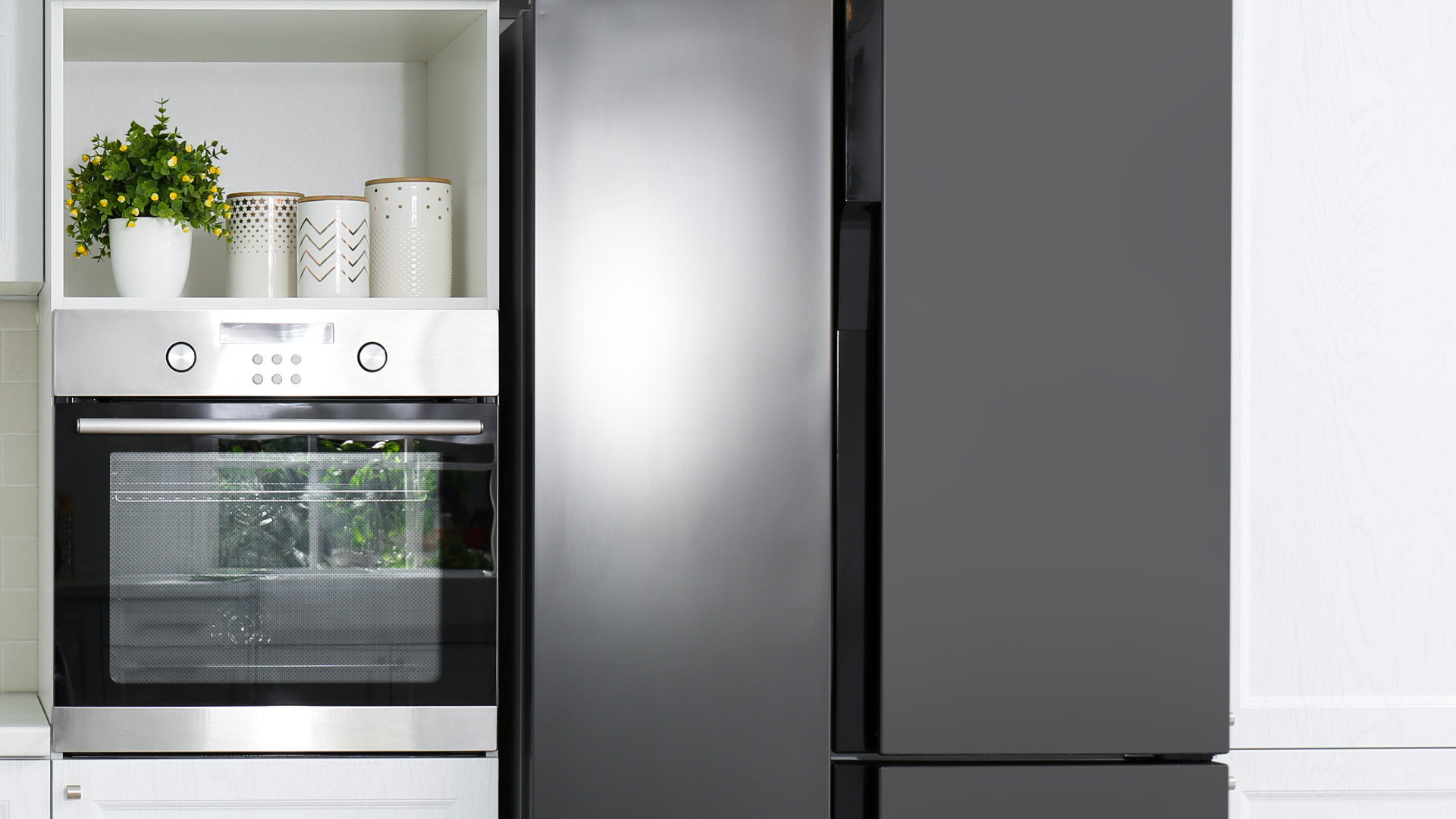
8 Reasons Your Samsung Refrigerator Is Not Cooling
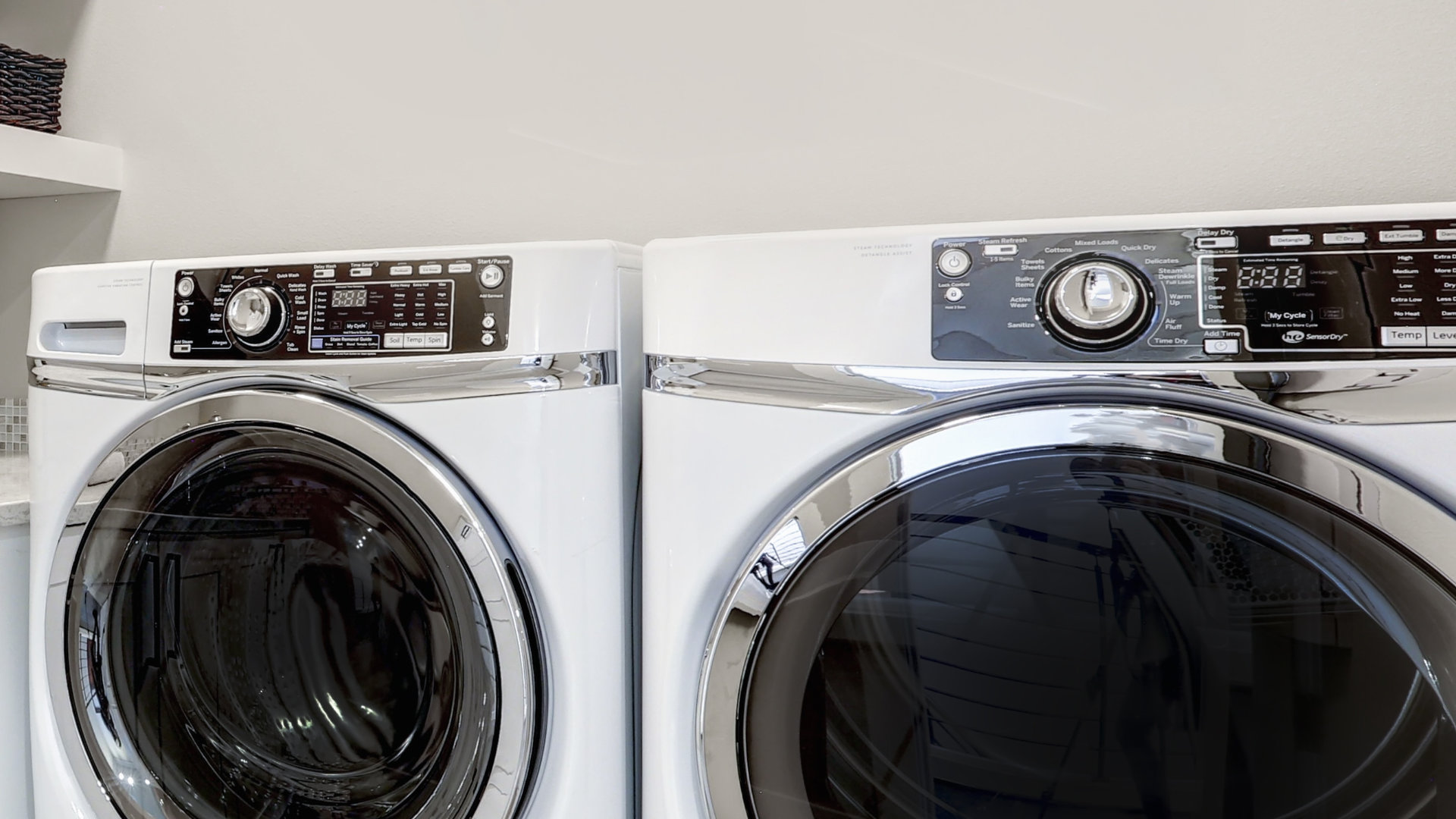
9 Most Reliable Washer and Dryer Brands

How to Get Ink out of Your Dryer the Easy Way

Why Is My Fridge Making Noise That Stops When the Door Is Open?
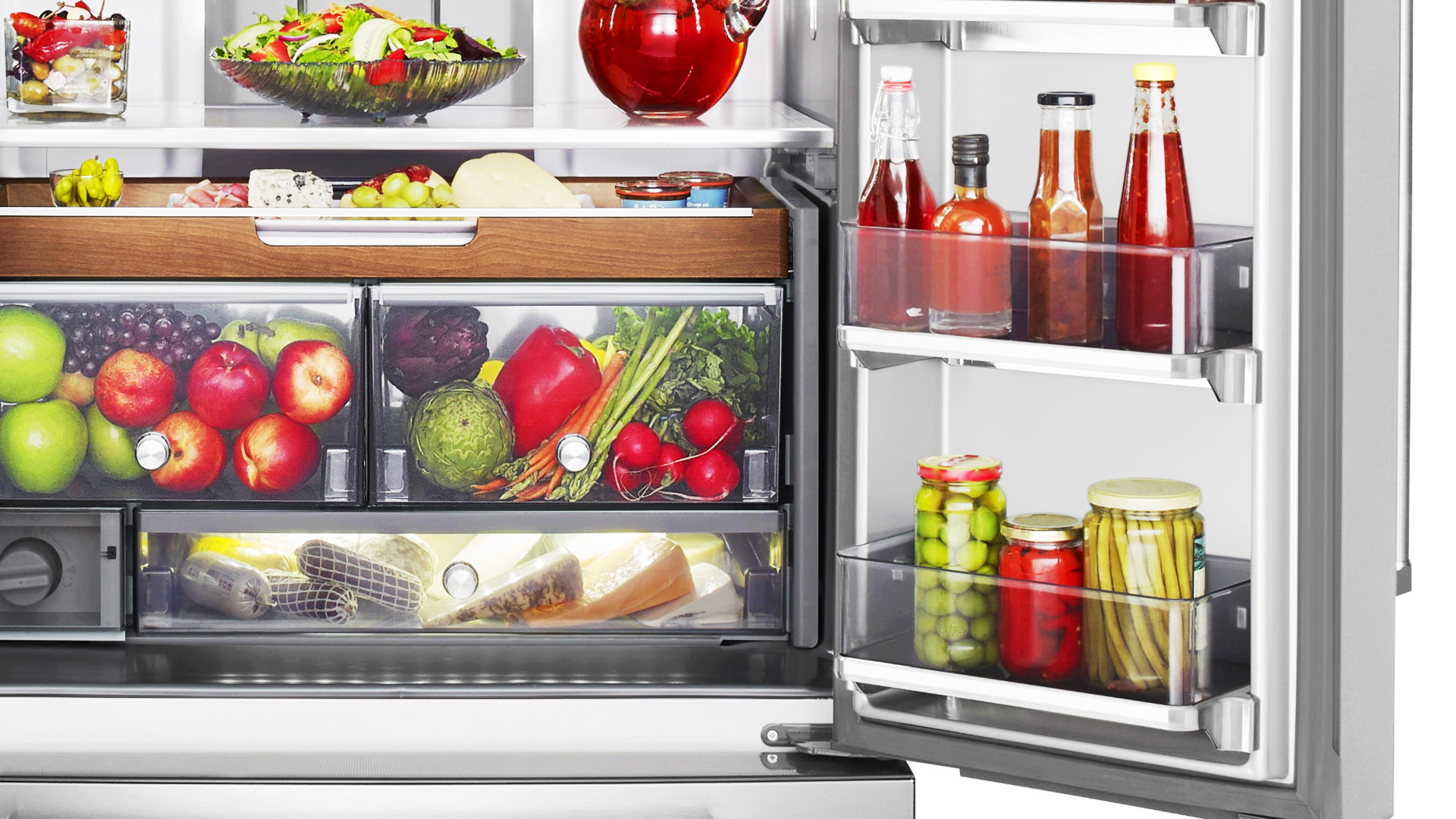
Frigidaire Refrigerator Error Code H1: Causes & Solutions
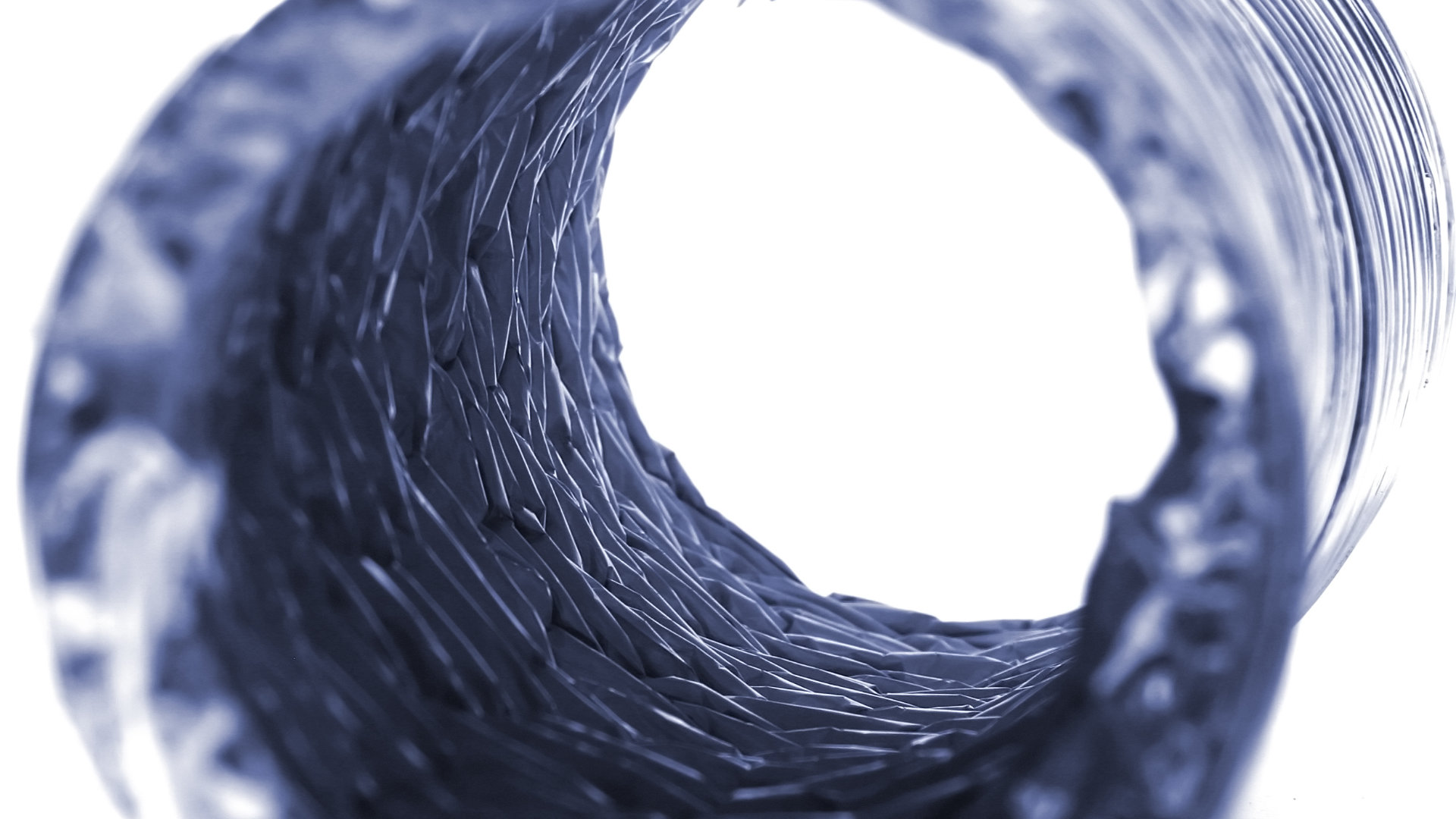
How to Clean a Dryer Vent Without Moving the Dryer
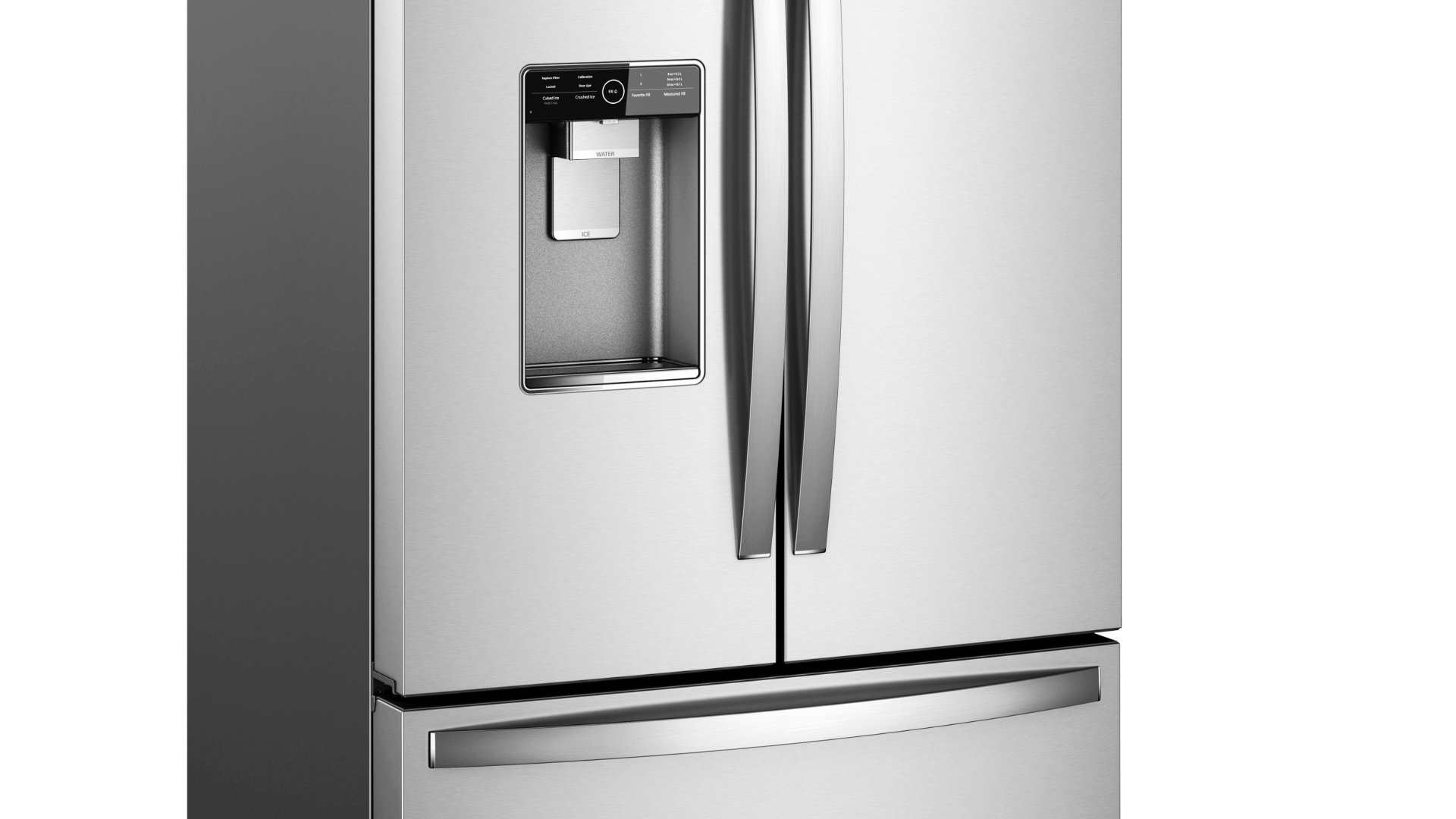
9 Reasons Your LG Refrigerator Isn’t Cooling
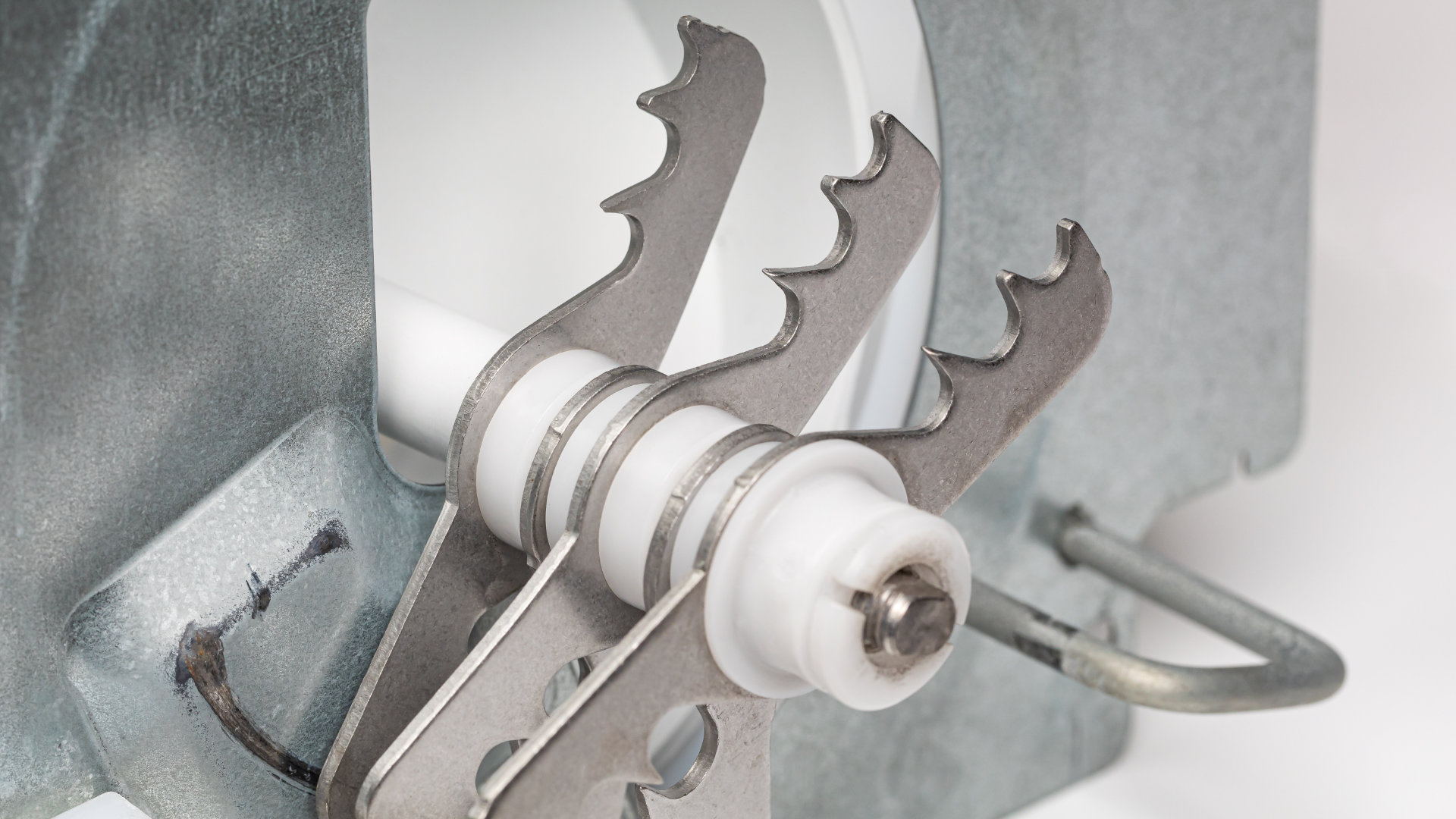
LG Refrigerator Not Making Ice? Here’s What To Do!
